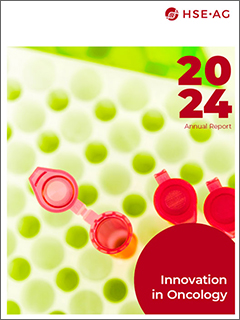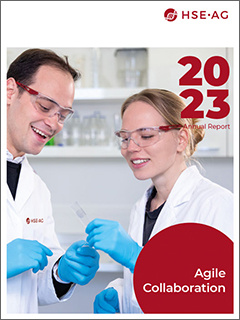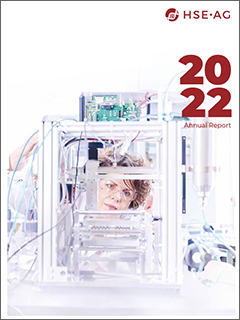
Spatial Biology helping to shape the revolution
Spatial Biology technologies enable us to track the development of tumors and the effects of drugs at the molecular level, down to individual cells. Andreas Geipel, who previously served as technology manager at spatial pioneer Resolve Biosciences, has recognized the unique qualities of HSE•AG through their development partnership. Today, as a principal system engineer, he is one of the biologists who make HSE·AG stand out from other engineering companies.
The precise spatial visualization of the transcription of up to several hundred mRNAs in the cells of tissue sections is revolutionizing our understanding not only of the development of tissues and organs, but also of diseases and especially of cancer. Since June of last year, Nature Communications Biology has dedicated a curated collection of articles to the spatial biology of cancer.
From Spatial Chief Developer to Senior Systems Engineer
One person who knows exactly what is possible with spatial technologies is Andreas Geipel. The Principal System Engineer at HSE•AG was previously Head of Technology at Resolve Biosciences and thus primarily responsible for the development of the Molecular Cartography platform, one of the most advanced spatial technologies ever.
“Spatial technologies can be used to track exactly which genes are active in which area of the cell and in which order. In this way, the development of a tumor can be tracked in just as much detail as the effect of drugs and immunotherapies,” explains Geipel.
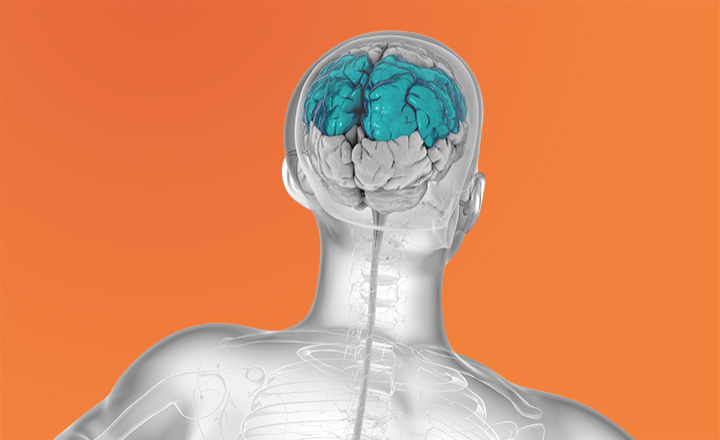
Many process steps require highest precision
The reliability of the method is crucial for the technology, as it allows for the individual identification of up to several hundred different mRNA molecules through differentiated staining. “An analysis takes more than a day,” Geipel points out.
Instead of creating just one image per color, around 1,000 image regions are captured dozens of times. To obtain a meaningful result, hundreds of individual steps must be successfully carried out. Because a code system is used to distinguish hundreds of mRNAs with several colors, the result of the entire image region can be lost if just one staining in this area does not work correctly.
This is compounded by the long exposure times that are necessary because, despite amplification mechanisms, there is only a small amount of fluorophore per mRNA molecule. Geipel emphasizes: “To ensure that the individual signal points can be reliably identified in all stains, the work must be extremely precise.”
Understanding applications precisely thanks to biology knowledge
As the person responsible for development at Resolve Biosciences, Geipel quickly realized that HSE•AG as a partner understands more than just device engineering: “Many biologists also work at HSE•AG. This means that all employees can understand the biological- chemical processes that take place during the analysis very precisely and can therefore find extremely precise engineering answers to any challenges that arise.
Through collaboration, Geipel was able to successfully automate his groundbreaking spatial technology. The biologist also discovered a new field of activity in device development that personally fascinates him. Today, as Principal System Engineer, he is part of HSE•AG and is jointly responsible for ensuring that the company stands out from its competitors with its understanding of diagnostic applications in their laboratory environment.
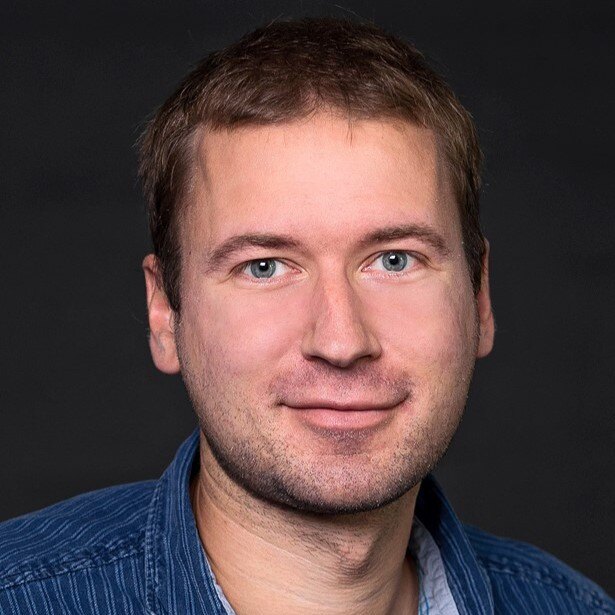
About Andreas Geipel
Andreas Geipel is Principal System Engineer at HSE•AG, where he combines deep expertise in molecular biology and computer science to drive innovation at the interface of biology and technology.
He is a principal inventor of Resolve BioSciences' molecular cartography technology and has a strong track record of leading interdisciplinary research and engineering teams.
Prior to joining HSE•AG, he held leadership and R&D positions at Resolve BioSciences and QIAGEN. Andreas holds a Ph.D. in Biology from the Justus Liebig University in Giessen, Germany, and a B.Sc. in Computer Science.

Recent Annual Reports

